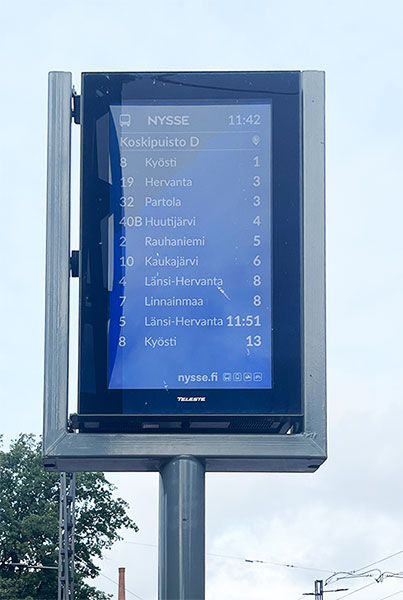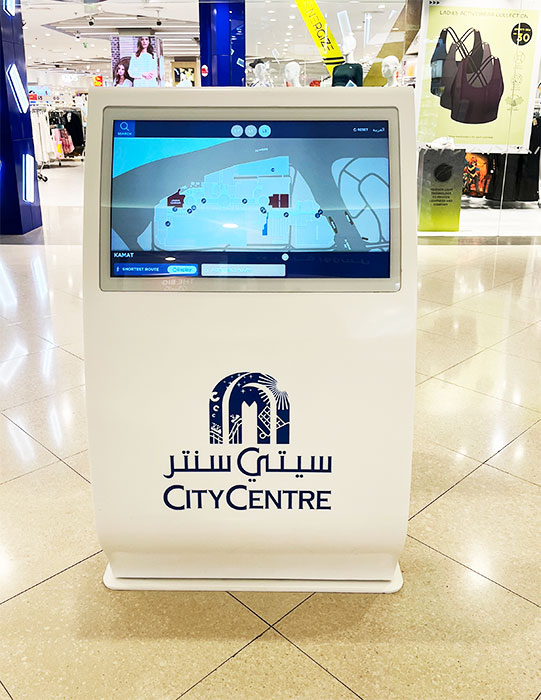Sunlight readable display technology comparison: industrial vs. consumer displays
Display leggibile alla luce del sole technology comparison: industrial vs. consumer displays
There are significant differences in anti-glare (AG) technology between industrial and consumer-grade display leggibili alla luce del sole, which are mainly reflected in three aspects: technology implementation, performance optimization and application scenarios:

- Technology achieves differences
Industrial AG technology
Chemical etching or spraying technology is used to form a nano-scale rough structure, and the specular reflectivity is reduced through the principle of diffuse reflection, and the reflectivity drop of some products can reach more than 70%.
It is often combined with AR (anti-reflective) and AF (anti-fingerprint) technologies to form a comprehensive surface treatment solution to further improve the display effect in complex outdoor environments.
Consumer-grade AG technology
Basic coating technology is often used to reduce glare through physical coating, but the optimization of reflectivity is limited and some light transmittance may be sacrificed.
It is usually optimized for a single scene (such as indoor low light) and has a low technical complexity.

- Application scenarios and customization
Industrial grade:
Extreme conditions such as outdoor charging piles (direct sunlight all day), industrial control terminals (high dust scenes), etc., support customized AG parameters (such as haze, roughness).
It is equipped with high brightness backlight (≥1000cd/m²) to further improve visibility under strong light.
Consumer grade:
Focus on personal devices such as mobile phones and tablets, and focus on balancing the fineness of display and anti-glare effects, and standardized AG solutions are usually adopted.
The brightness range is generally 300-500cd/m², which meets daily indoor use.
- Cost and maintenance
Due to the complex process and the large customization requirements, the cost can reach 3-5 times that of the consumer grade, but it supports long-term warranty (1-3 years) and rapid replacement services.
Consumer-grade AG technology relies on large-scale production to reduce costs, but the maintenance cycle is short (usually ≤ 1 year).
In summary, industrial-grade AG technology strengthens environmental adaptability through comprehensive processes, while consumer-grade focuses more on basic anti-glare and cost balance.







